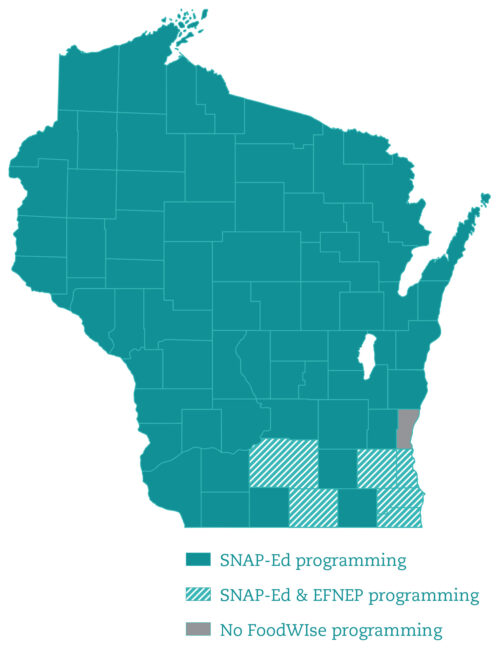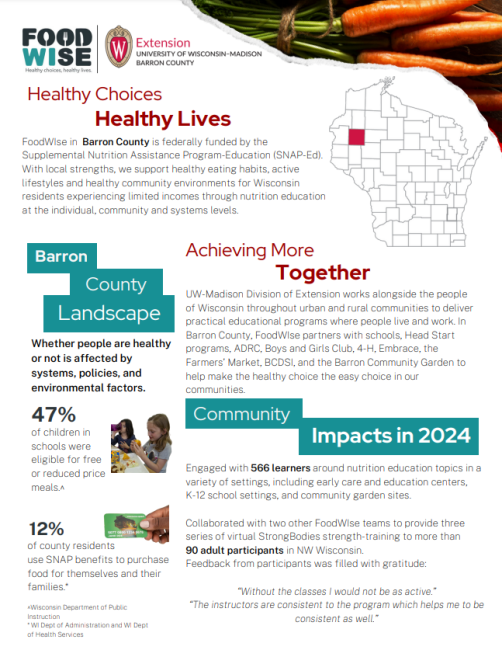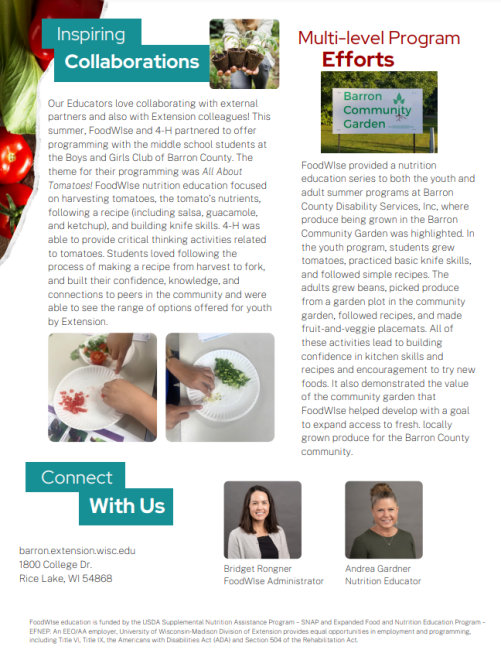FoodWIse
FoodWIse
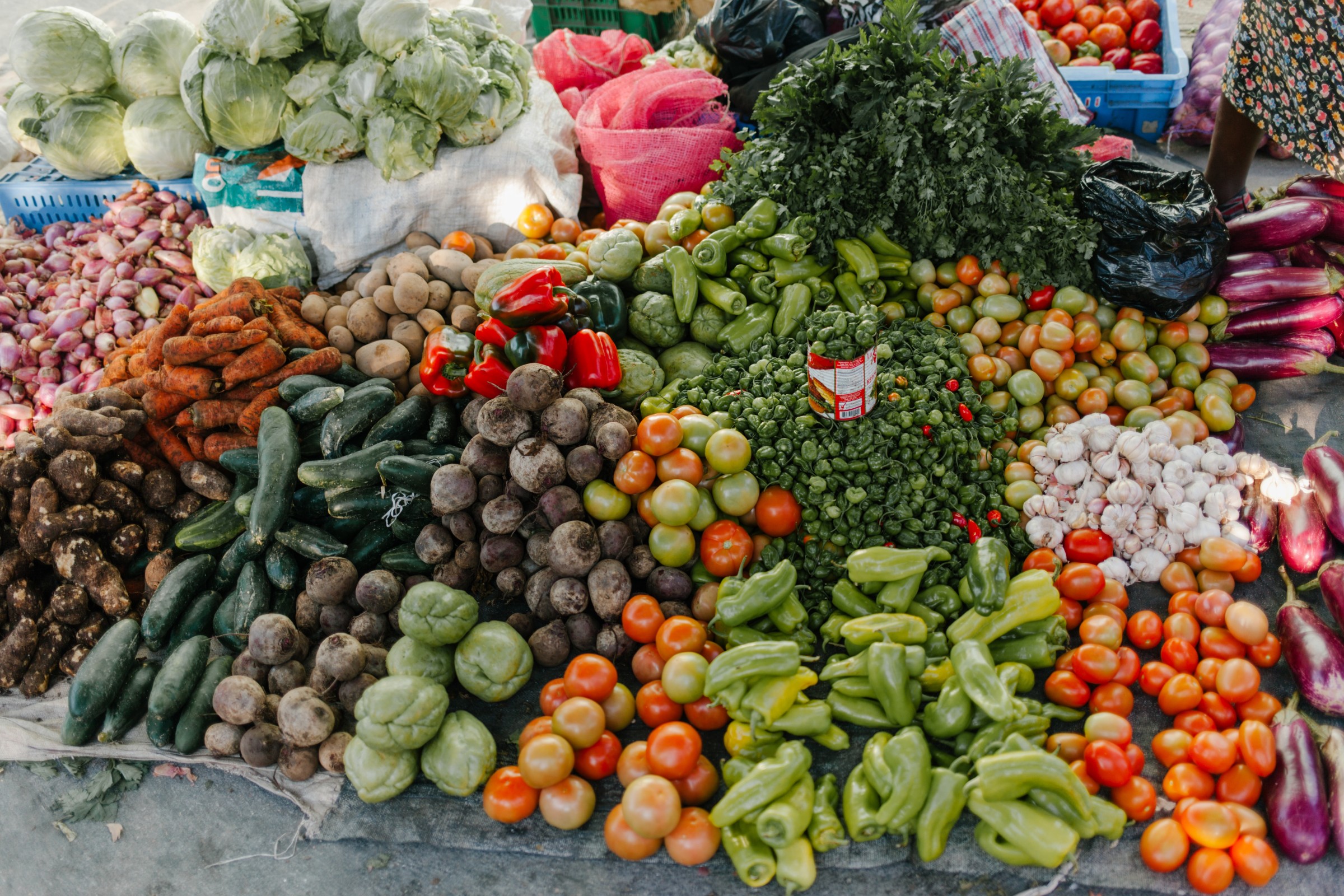
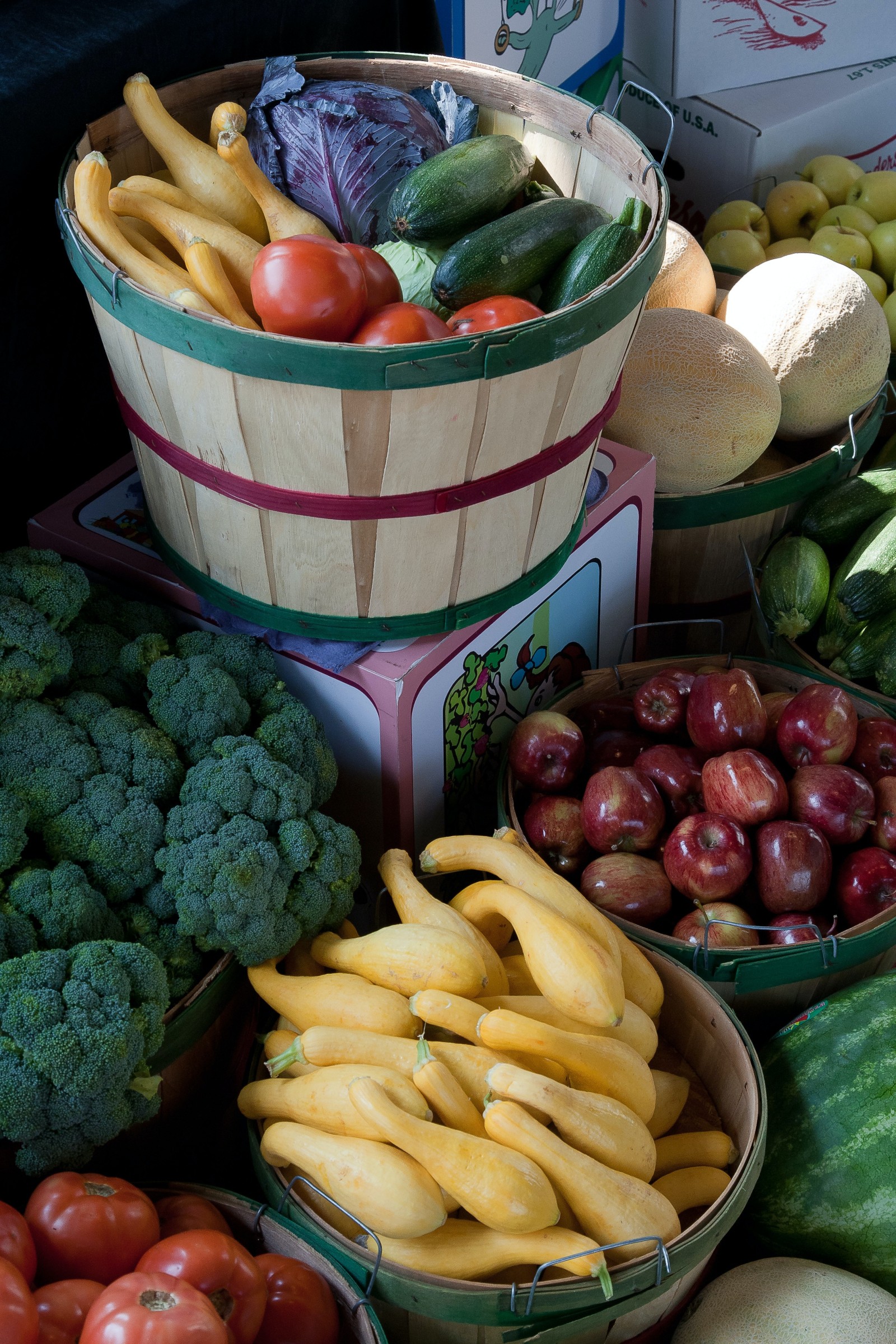
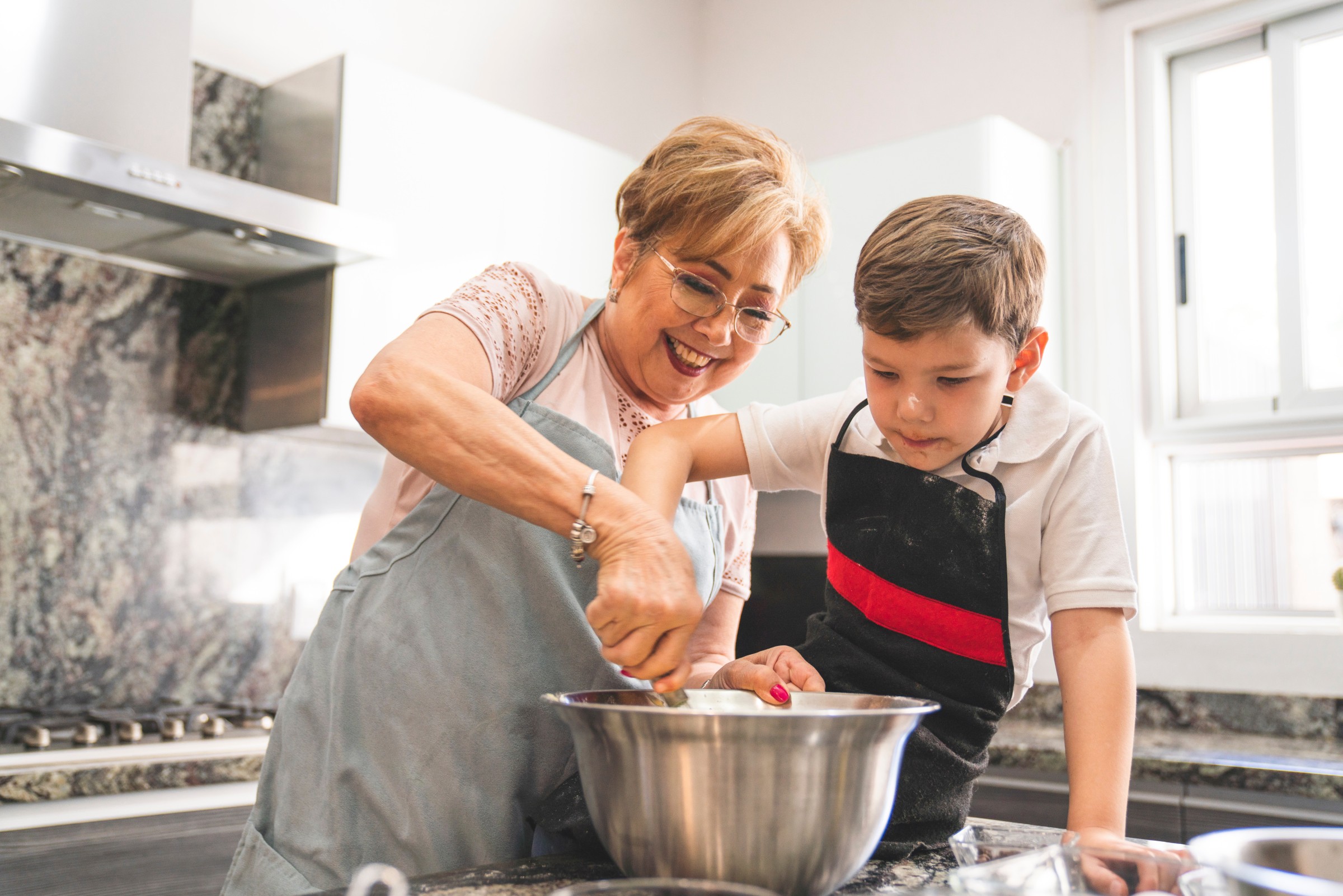
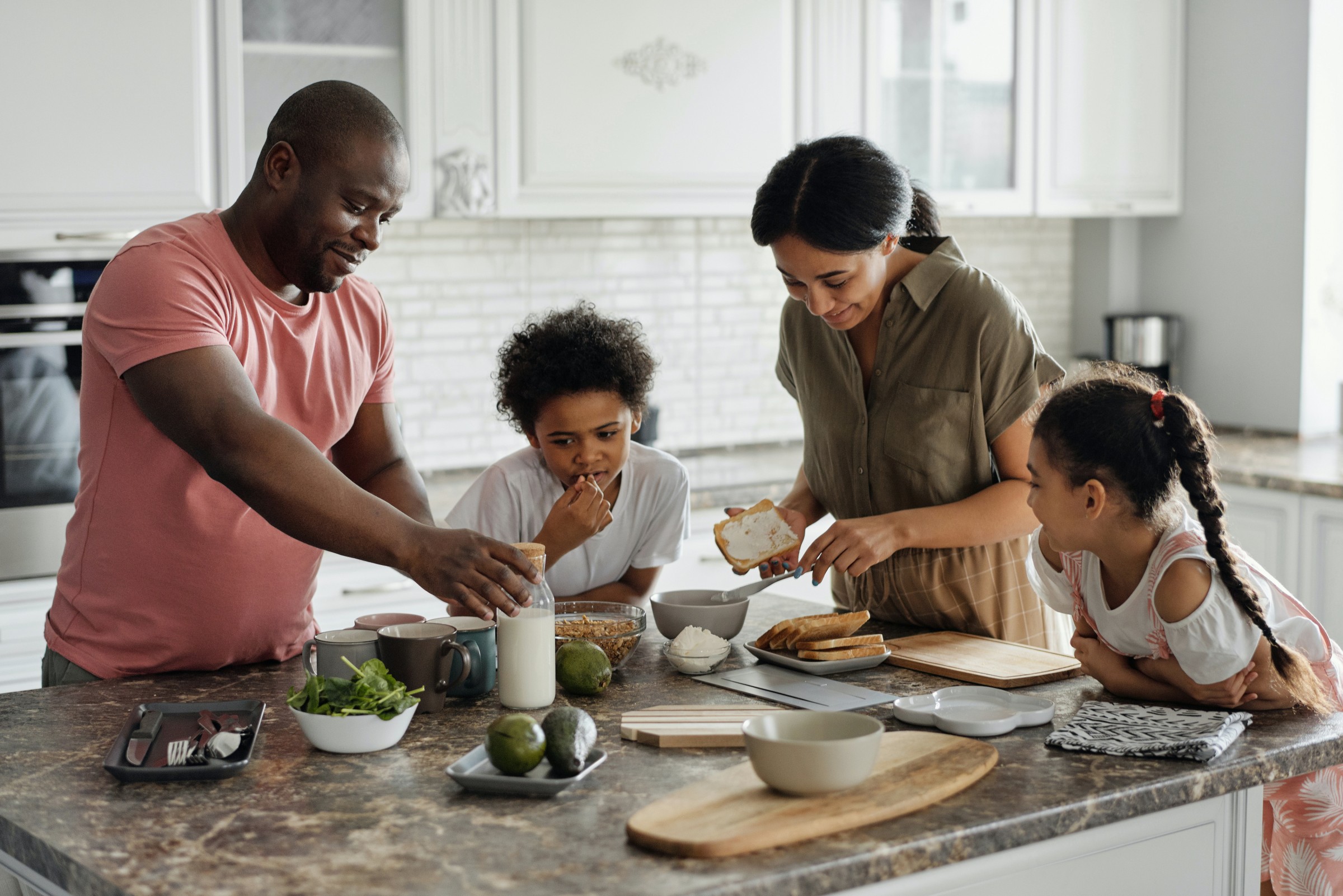
Who We Are
FoodWIse is federally funded by the Supplemental Nutrition Assistance Program-Education (SNAP-Ed) and the Expanded Food and Nutrition Education Program (EFNEP) and serves Wisconsin residents with limited incomes.
We seek to empower Wisconsin residents with limited incomes to make healthy choices to achieve healthy lives and reduce health disparities.
What We Do
- Empower families with limited financial resources to choose healthful diets and become more food secure by spending dollars wisely.
- Expose children to new fruits and vegetables and why they are important.
- Teach parents how to plan and prepare healthy meals.
- Support communities in making healthy, easy choices where people live, learn, work, and play.
Additional Resources
- Helping your child try new foods
- Building healthy snacks
- How to store leftovers
- Kids in the kitchen
- My Plate
- Cooking Matters
- Spend Smart, Eat Smart
- Chart of Seasonal Vegetables Available in Wisconsin
- Sawyer County Assistance
Our Team
Bridget Rongner
FoodWIse Administrator
(Barron, Burnett, Rusk, Sawyer, and Washburn Counties)

